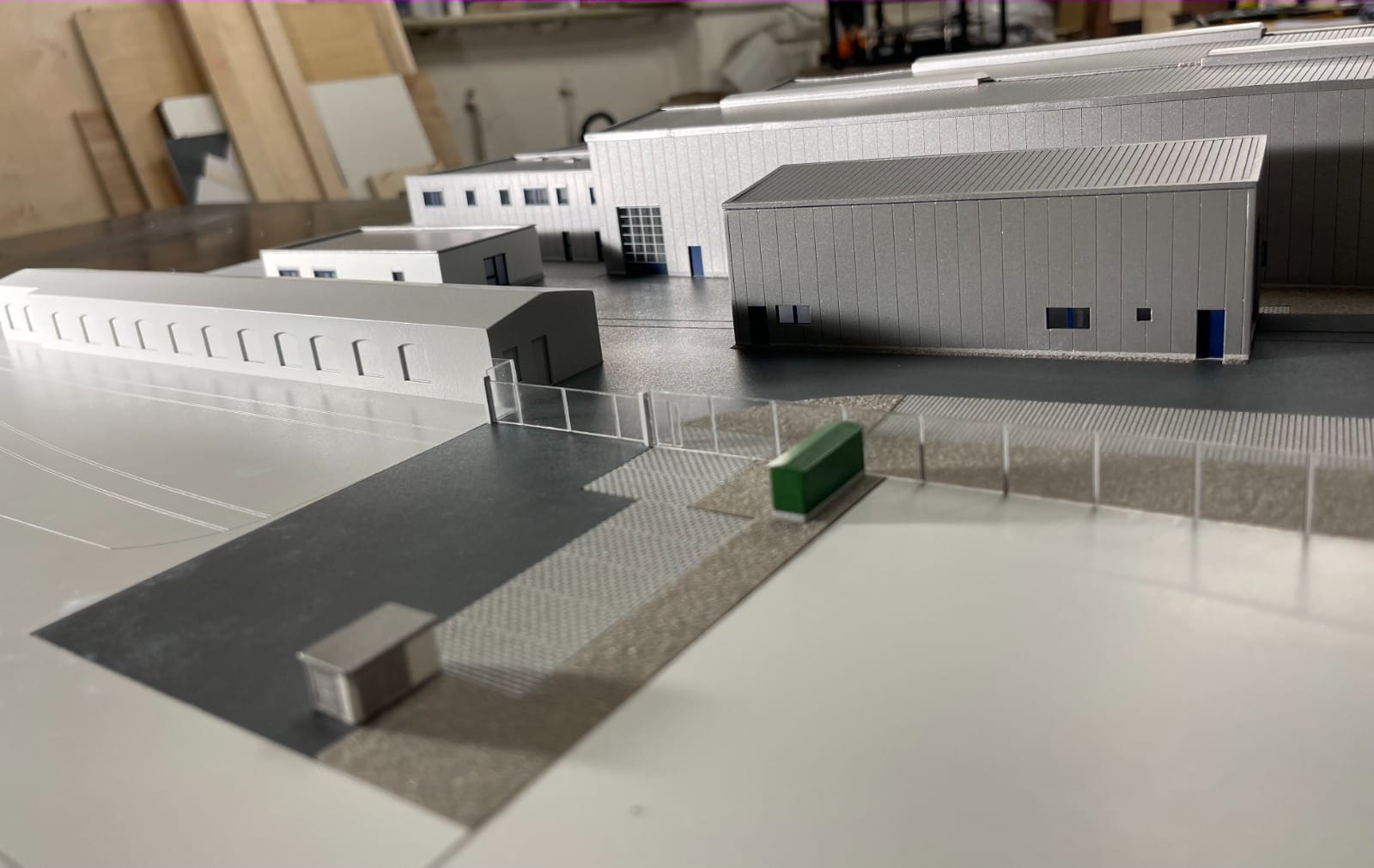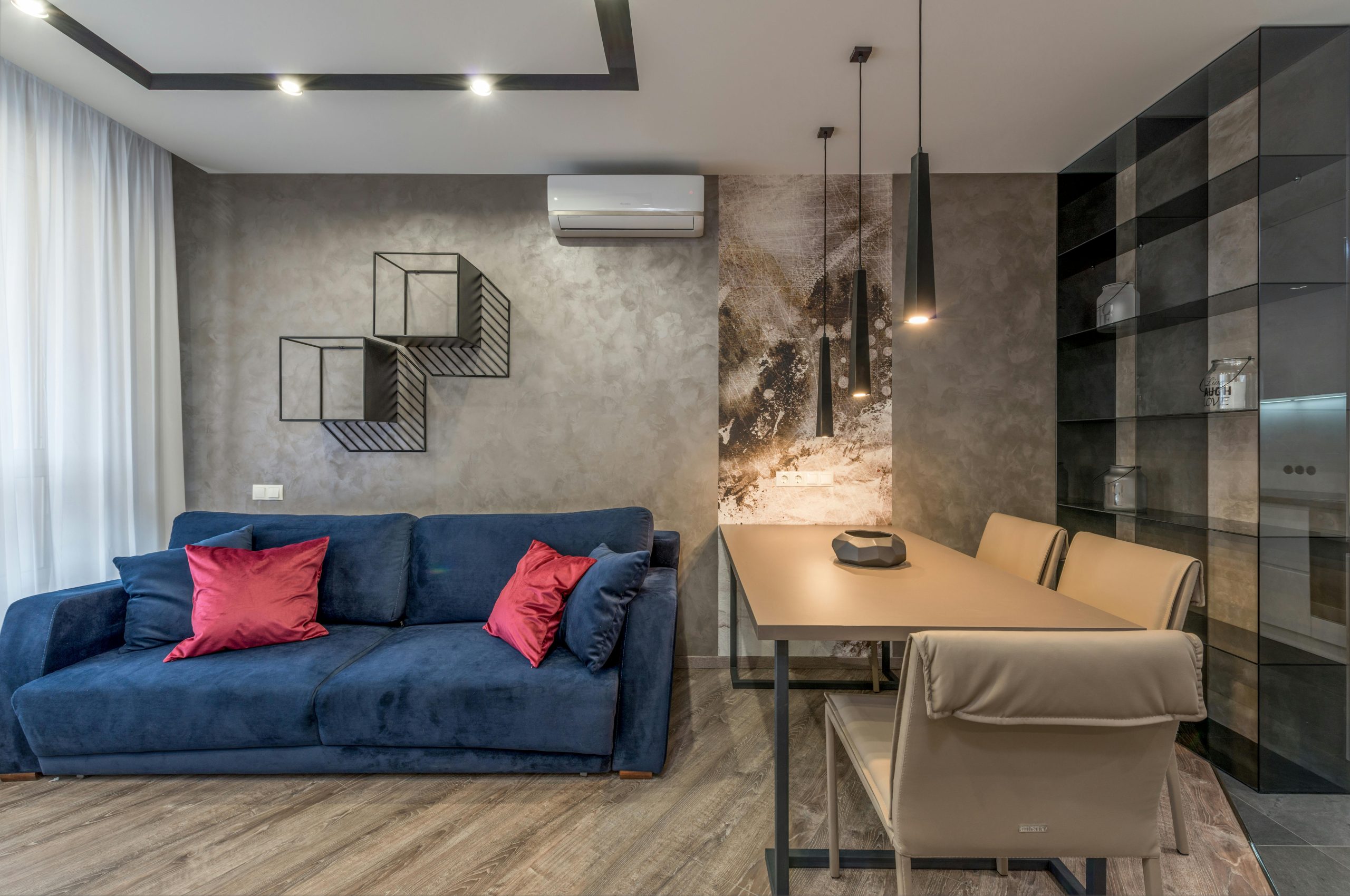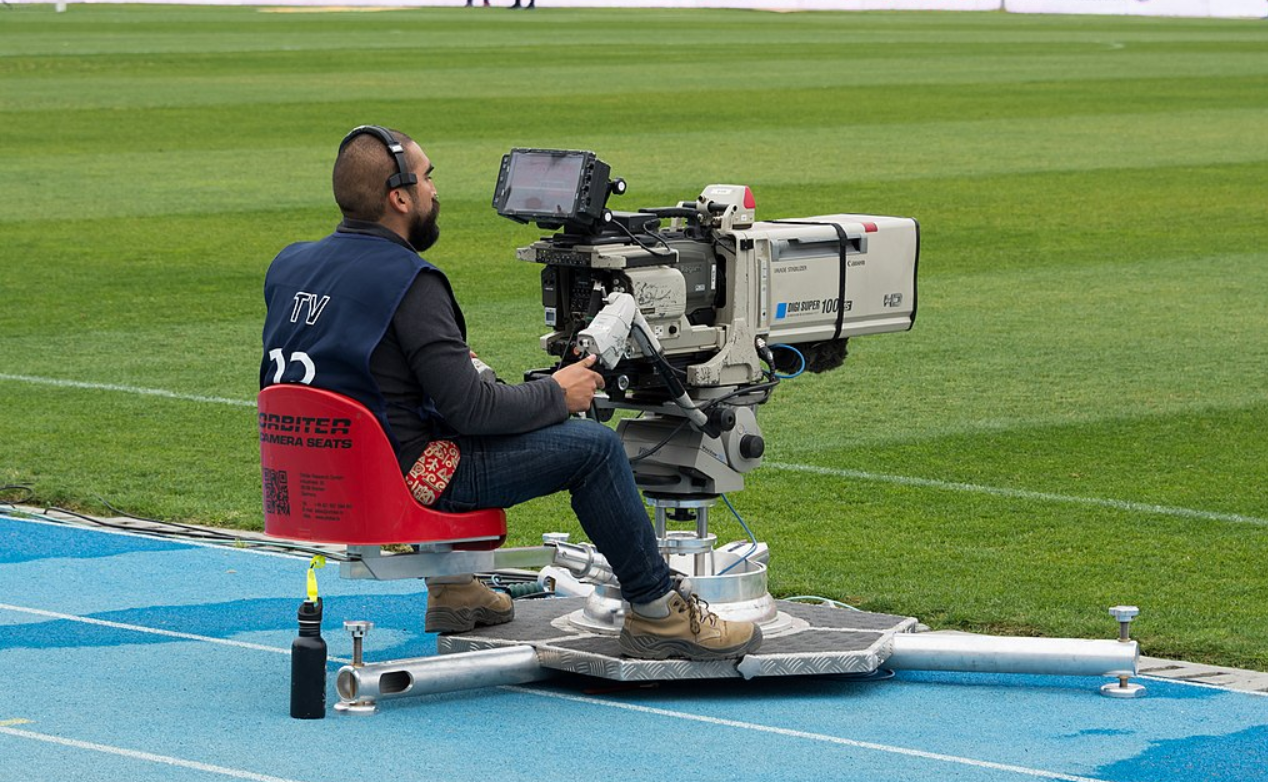
Understanding the Role of an Architectural Model Maker
What Is Architectural Model Making?
Architectural model making is a specialized field focused on creating tangible representations of architectural designs. These models range from simple massing forms used to visualize the scale and proportions of a project to highly detailed, chromatic models that can mimic real-world materials and textures. This craft is vital for architects, builders, clients, and marketing teams as it provides an invaluable preview of a building’s final appearance and functionality.
Importance of Architectural Models in Design
Architectural models play a crucial role in various phases of a design project. Primarily, they serve as a communication tool. By translating complex ideas into a physical format, architects can convey their vision more effectively to clients and stakeholders. Additionally, models assist in resolving design issues and serve educational purposes, helping teams understand how spaces will interact with one another. Their importance is underscored in marketing, where high-quality models attract investors and buyers by depicting projects realistically. When looking for an architectural model maker Berlin, understanding these principles will guide you to a provider that values these functions.
Key Skills of an Architectural Model Maker
A successful architectural model maker must possess a unique combination of skills. First and foremost, a solid background in design is crucial, as it fosters an understanding of proportions, materials, and aesthetics. Technical proficiency in various tools and technologies, such as CAD software, 3D printing, and handcrafting techniques, is required to create models that meet the high standards of architects and clients alike. Attention to detail plays a vital role; a mere oversight can make a significant difference in representation accuracy. Lastly, effective communication skills facilitate collaboration with architects, helping to refine project details throughout the model-making process.
Choosing an Architectural Model Maker in Berlin
Factors to Consider When Selecting a Model Maker
When looking for an architectural model maker in Berlin, several factors come into play that can impact the selection process. First, assess the maker’s portfolio. This should reflect a range of work, including various scales, complexities, and materials, showcasing the versatility of their skills. Secondly, consider their experience. A seasoned model maker will have encountered diverse challenges and equipped them to handle specific project needs. Additionally, explore client testimonials and reviews to gain insight into their reliability and quality of work. Communication will also be critical; a model maker should be responsive and willing to collaborate closely with the project’s designers to ensure the final product exceeds expectations.
Top Architectural Model Makers in Berlin
Berlin is home to several renowned architectural model makers, each with their unique specialties. For instance, blankvers specializes in bespoke architectural models, leveraging traditional craftsmanship alongside innovative techniques. Contura Modellbau is known for their tailored models, aligning closely with client specifications through a hybrid of classic and modern production methods. Meanwhile, MTC Modellbau distinguishes itself by crafting high-fidelity models that perfectly encapsulate architectural intricacies.
Assessing Quality and Craftsmanship
Quality assessment is vital when choosing an architectural model maker. Look for indicators such as precision in intricate details, smoothness of surfaces, and the overall aesthetics of their models. Request samples of their work, if possible, as this provides a hands-on opportunity to evaluate the craftsmanship. Additionally, engaging with past clients can offer insight into the maker’s attention to detail, reliability in meeting deadlines, and overall customer satisfaction rates, which are crucial for seamless project execution.
The Process of Creating Architectural Models
Initial Consultation and Concept Development
The journey of architectural model making begins with an initial consultation, during which the model maker collaborates closely with the architect or designer to understand the project’s vision. This includes discussing aspects like scale, purpose, and key features that must be highlighted. Concept development involves translating these discussions into design sketches and 3D renderings, allowing all parties to visualize the model’s outline. This stage is pivotal for establishing expectations and ensuring alignment on the overall direction of the project.
Materials and Techniques Used
Architectural model makers utilize a variety of materials based on the desired effect and detail level required by the project. Common materials include foam board for rapid prototypes, wood for detailed projects, acrylics for a sleek finish, and cardboard for cost-effective models. Techniques vary widely; traditional hand crafting methods remain popular for lower-volume, highly detailed projects, while modern technologies like CNC milling and 3D printing are becoming more prevalent for their precision and ability to replicate complex designs efficiently.
Review and Finalization of the Model
Once the model is constructed, a review phase allows for feedback from the architect and other stakeholders. It’s essential at this stage to assess if the model effectively represents the intended design and meets functional specifications. Any necessary modifications will be documented, and once approved, the final model will be prepared for presentation or delivery. This phase is significant not only for achieving a polished final product but also for ensuring all parties are satisfied with the outcome before concluding the project.
Case Studies: Successful Projects by Architectural Model Makers in Berlin
Highlighting Innovative Designs
Examining case studies can reveal the innovative applications of architectural model making in Berlin. One notable project involved the transformation of an urban space into a multi-use residential development. The model highlighted not only the architectural design but also the surrounding contextual elements such as landscaping, urban planning features, and potential community interactions. The use of mixed media allowed the model to portray different materials, providing decision-makers with a comprehensive understanding of the project’s impact.
Client Feedback and Experiences
Feedback from clients often underscores the models’ role as vital communication tools. For instance, a well-constructed model led to improved discussions among stakeholders, allowing for timely adjustments based on visual feedback. Clients have reported heightened satisfaction levels when they can visually engage with designs. Such interactions often lead to enhanced collaboration and strengthen trust between model makers and architects, ultimately resulting in designs that resonate more deeply with end users.
Lessons Learned from Each Project
Each successful project teaches valuable lessons in the realms of design, communication, and materials usage. A common takeaway from many case studies is the importance of iterative feedback during the model-making process. Engaging stakeholders through multiple review rounds can lead to a better understanding of the client’s needs and preferences. Lessons also include recognizing the potential limitations of specific fabrication methods and the necessity of aligning the model’s detail level with the project’s scope and budget.
The Future of Architectural Model Making in Berlin
Emerging Trends and Technologies
The architectural model making field in Berlin is poised for exciting advancements due to the integration of new technologies and techniques. The growing trend of utilizing virtual reality (VR) and augmented reality (AR) tools is revolutionizing how models are presented and experienced, allowing clients to interact with models in immersive environments. This technology bridges the gap between physical and digital practices, enabling more comprehensive design assessments that extend beyond traditional model presentations.
How Sustainability is Influencing Model Making
Sustainability has become a focal point in architectural design, and the model-making sector is no exception. Model makers are increasingly seeking eco-friendly materials and manufacturing processes, integrating recycled resources, and minimizing waste during production. The industry’s pivot towards sustainable practices reflects broader societal trends and demands for responsible environmental stewardship, influencing design choices in a direction that preserves natural resources and promotes sustainability.
Advice for Aspiring Architectural Model Makers
For those interested in embarking on a career as an architectural model maker, a diversified skill set is essential. Gaining a robust foundation in design principles, material science, and construction methods will prepare you for the varied challenges you’ll encounter. Engaging in workshops, pursuing courses in model making and architecture, and gaining hands-on experience through internships will enhance your practical skills. Networking with professionals in the field can also provide insights into emerging trends, mentorship opportunities, and potential career pathways. As the industry evolves, maintaining adaptability and a commitment to continuous learning will be indispensable assets.





